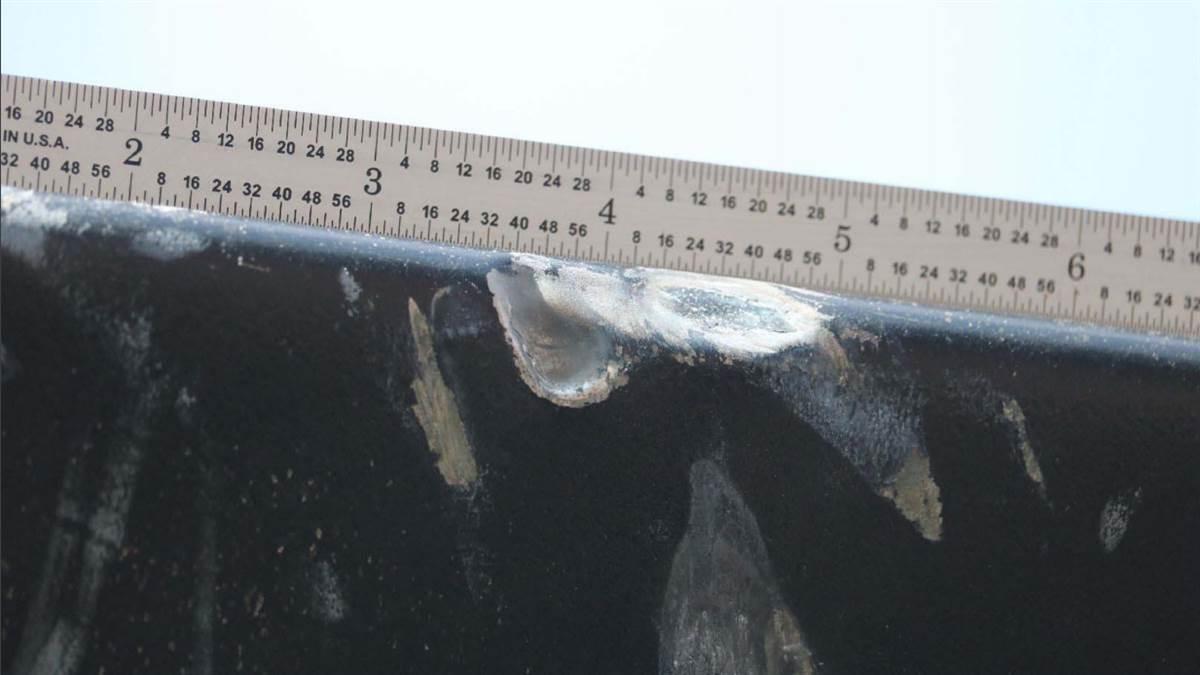It's only "legal" if the sUAS meets several specific requirements including:
"The aircraft is operated in a manner that does not interfere with, and gives way to, any manned aircraft;"
If a manned aircraft is hit or has to avoid an sUAS then the above has not been met and is in violation of FARs. If a sUAS is flying (not in formation or in a controlled manner coordinated with the manned aircraft) within 500' of a manned aircraft it's no longer legal.
So a drone pilot is expected to be able to locate and avoid a craft flying in excess of 125 mph? Let's go to the video: Count how many seconds that chopper goes from small blip to flying by. I do not know about you experts here, but I would have extreme difficulty trying to get out of the way. And it seems the attitude here is that since helis can fly right down to the wave tops, no drones should be flown over the water for fear of 'interfering' or not being able to 'give way to' a manned aircraft. Preposterous! As there are many sea birds larger in size and weight than a drone, why isn't heli flight at that level also prohibited? I'd bet big money any heli pilot would rather hit a drone than a pelican any day of the week.






